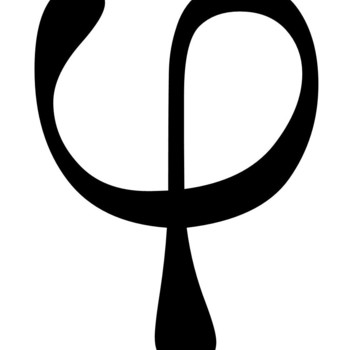A 7 L container holds 30 mol and 18 mol of gasses A and B, respectively. Groups of three of molecules of gas B bind to five molecules of gas A and the reaction changes the temperature from 320^oK to 480^oK. How much does the pressure change?
1 Answer
Explanation:
We have the Ideal Gas Law:
To find
We have to solve for
Here, we have:
Inputting:
We need to write down a balanced equation of the reaction:
So
Inputting:
Remember that,
So the change in pressure was

